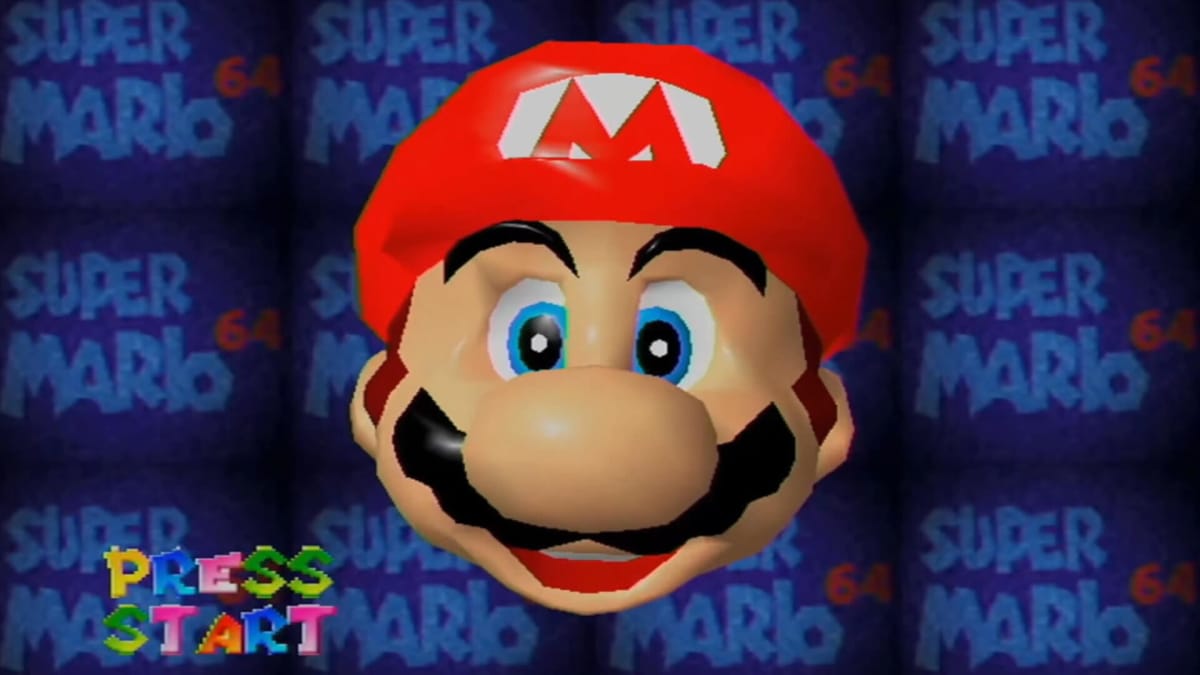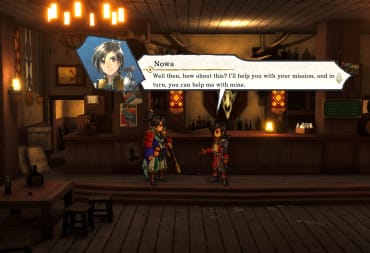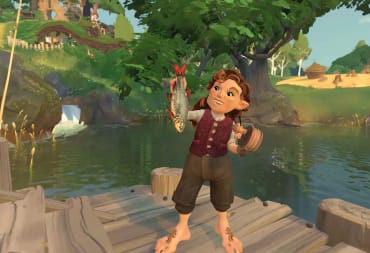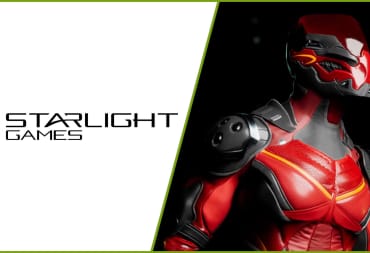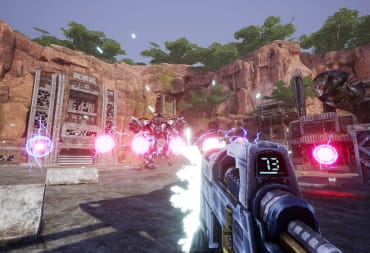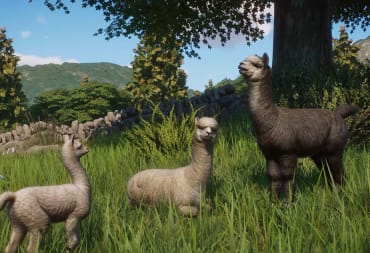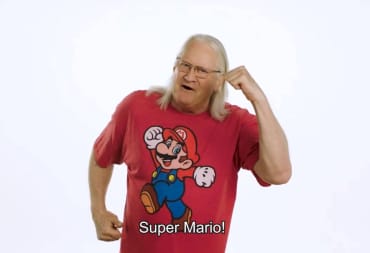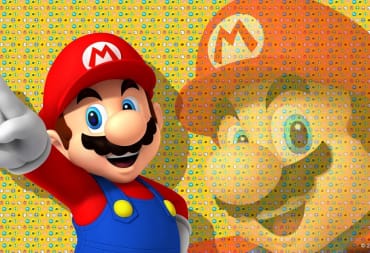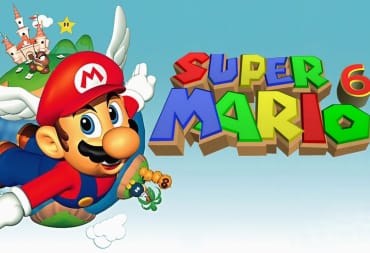Super Mario 64 is a critical classic, a game that was innovative in its design when released in 1996. The development and design of Super Mario 64 has been well documented, and the recent Nintendo leaks have revealed quite a bit of information about cut features, items, and gameplay modes that allow players to speculate what could have been.
One well-known cut feature was the game’s courses. According to interviews and investigations in the game’s code, Nintendo planned to have 32 courses in the game, but Miyamoto was forced to shave it down to 15. Each of the 15 course are iconic in their own right—for good and bad reasons—but the question everyone has is which levels stand out as being the best of the bunch?
With the release of Super Mario 3D All-Stars bringing back some love for Super Mario 64, why not have some fun and list some of the best courses from one of the best games ever made. So, here are the top six Super Mario 64 courses, in appearance order.
Whomp's Fortress - Course 2
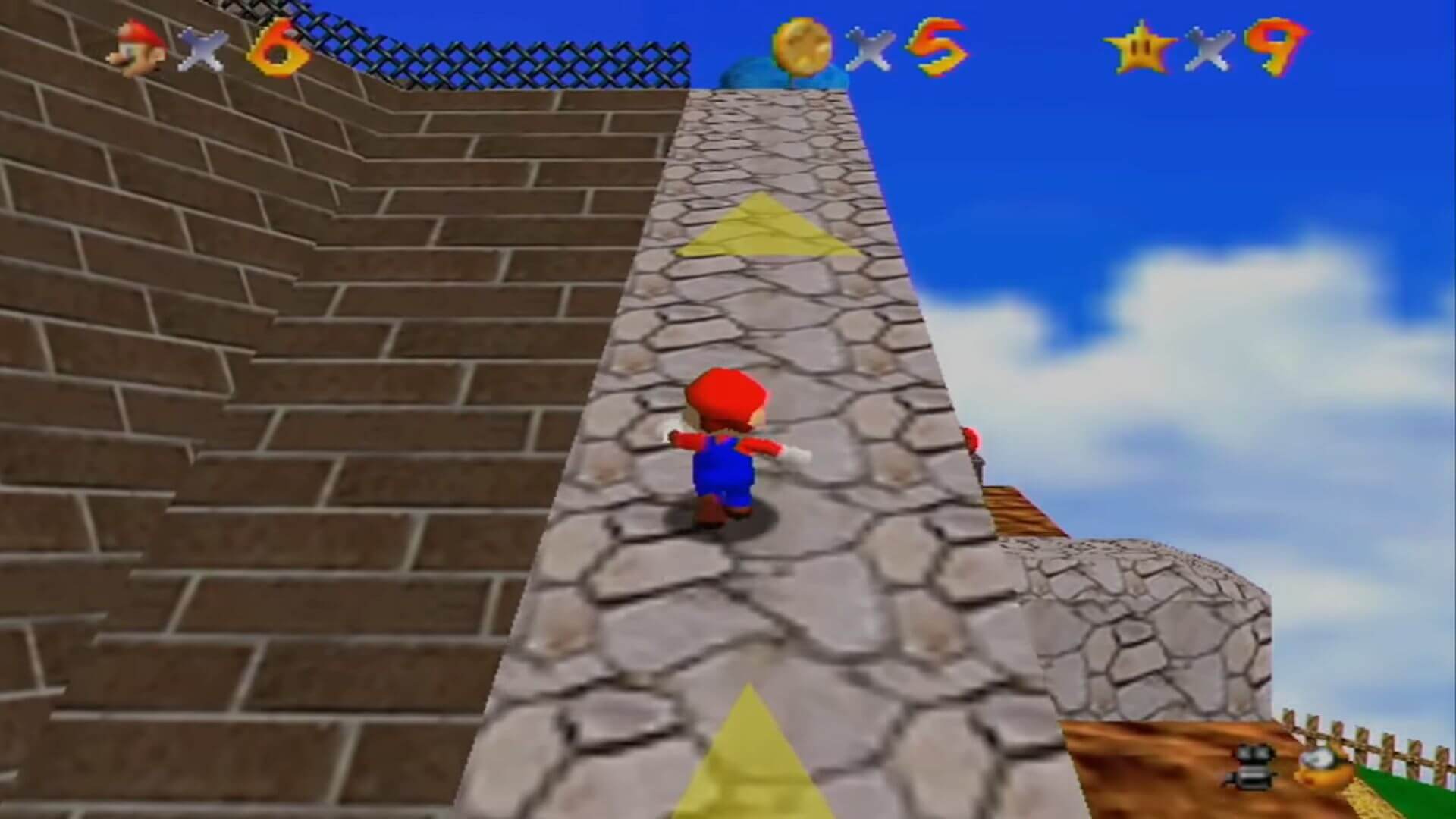
It was a choice between this and Bob-omb Battlefield, but Whomp’s Fortress to me is the quintessential course in Super Mario 64. Being only the second course in the game, it comes across as a world that doesn’t seem all that challenging, but offers a preview of stages to come.
Whomp’s Fortress is the first level to really utilize platforming in Super Mario 64, and one of the first levels that involves a bit of backtracking and precise timing to get a few stars across the level. The star in the cage island is perhaps the most notorious example, where savvy players have found ways to acquire the star.
Whomp’s Fortress is a popular course to this day, despite it being considered more straightforward than most courses found in Super Mario 64. Still, Nintendo has made references to Whomp’s Fortress several times, most notably using the entire fortress as the inspiration for the referential Throwback Galaxy in Super Mario Galaxy 2. That alone makes Whomp’s Fortress one of the most recognizable courses in the game, since it’s very likely players remember it from before.
Big Boo’s Haunt - Course 5
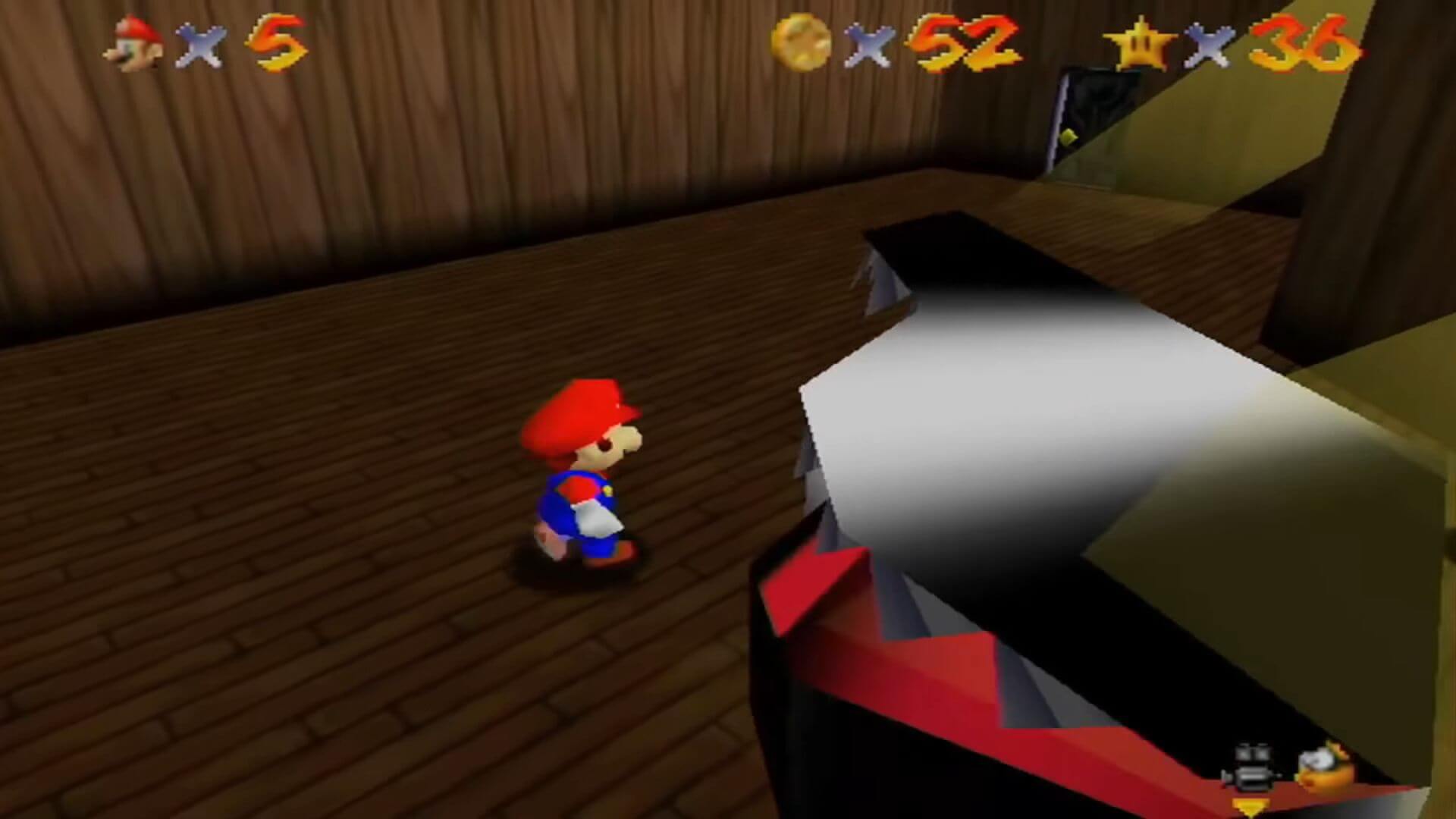
Likely the stuff of nightmares for kids of all ages in 1996, Big Boo’s Haunt was one of the first unique courses you can access, specifically because it was located in a cage held by a Boo in the Castle Courtyard instead of a painting. The only way to access the course is by collecting 12 stars and defeating the aforementioned Boo.
Big Boo’s Haunt is a course that is all about atmosphere versus puzzle solving. Four of the six stars, for example, require you to defeat enemies in combat, including the mini-boss Big Boo three times! Despite the relative repetitiveness of the mission objectives, what sets the Haunt apart is the maze-like mansion filled with creepy creatures and one-of-a-kind monsters that are only found in this level.
Outside of the aforementioned Boos, which are only found in this level and in Peach’s Castle, you have exclusive enemies such as Bookends, the flying, toothy books that fly like bats at you, and perhaps the level's unofficial mascot, the Mad Piano! The mansion itself is three stories of twisted halls and spooky sound effects. Big Boo’s Haunt is an example of level design being style over substance, but what style it has, making it a memorable and fun course to play in.
Hazy Maze Cave - Course 6
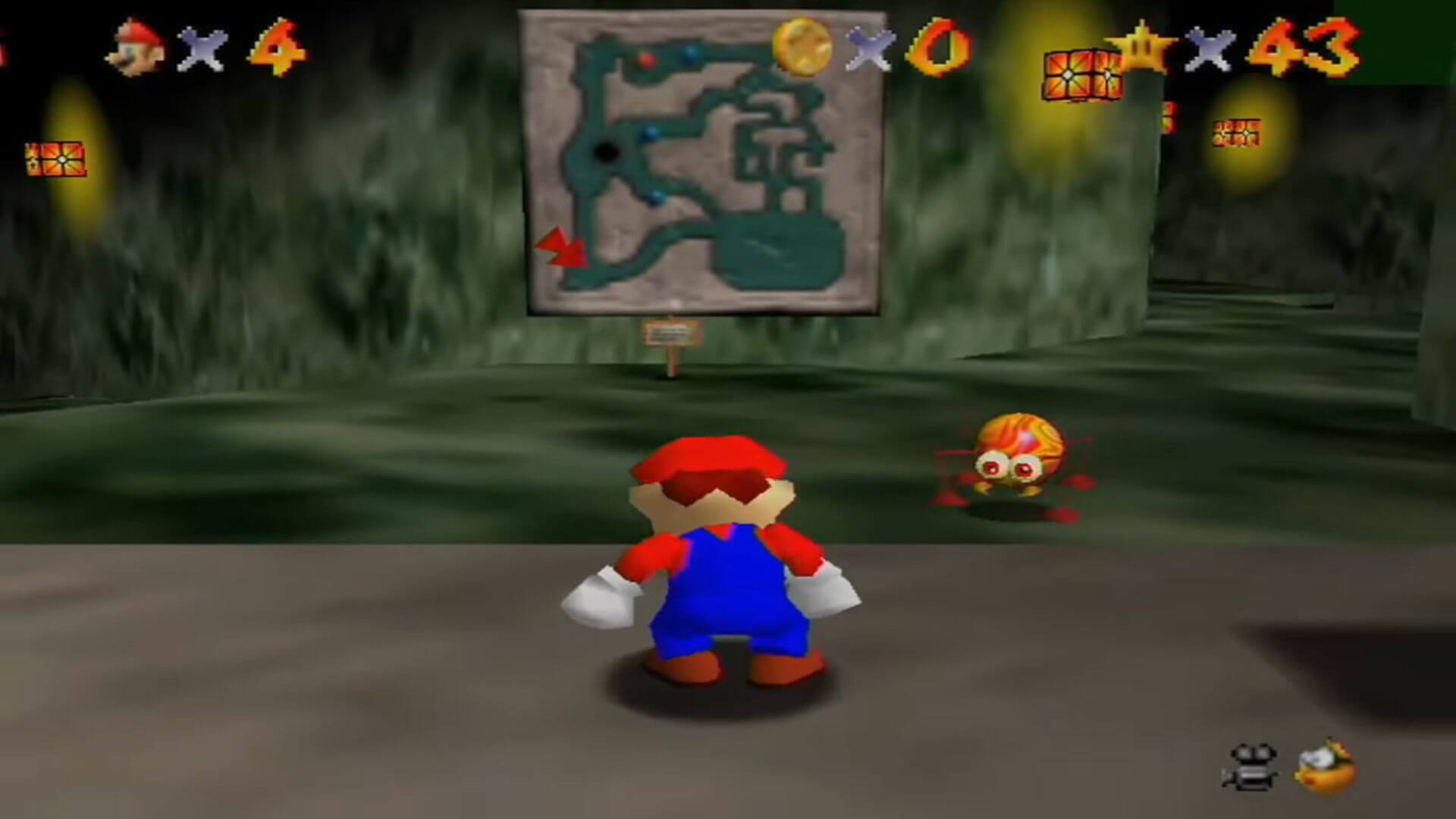
Hazy Maze Cave is perhaps the most controversial choice for this list. For many, the maze-like cavern is an exercise in tedium because of Super Mario 64 having a notoriously finicky camera, making it easy to get turned around and lost in the level's purposeful maze structure.
Despite this, however, you have a well crafted, difficult Mario course. You have effectively two paths to take: one that leads to the poisonous "hazy maze" in the cave's name, and the other a challenge of avoiding bottomless pits, rolling boulders, and some light puzzles involving the metal cap. You even have a secret star found in the course, the only secret star that is outside of Peach’s Castle.
My favorite element of the Hazy Maze Cave, however, is the first appearance of Dorrie. Originally nicknamed “Nessie,” the blue Dorrie is a plesiosaur found in an underground pool to find. Dorrie is a unique creature that has since gone on to become a supporting fixture of several Mario titles, including the multi-colored Dorries found in Super Mario Odyssey.
Shifting Sand Land - Course 8
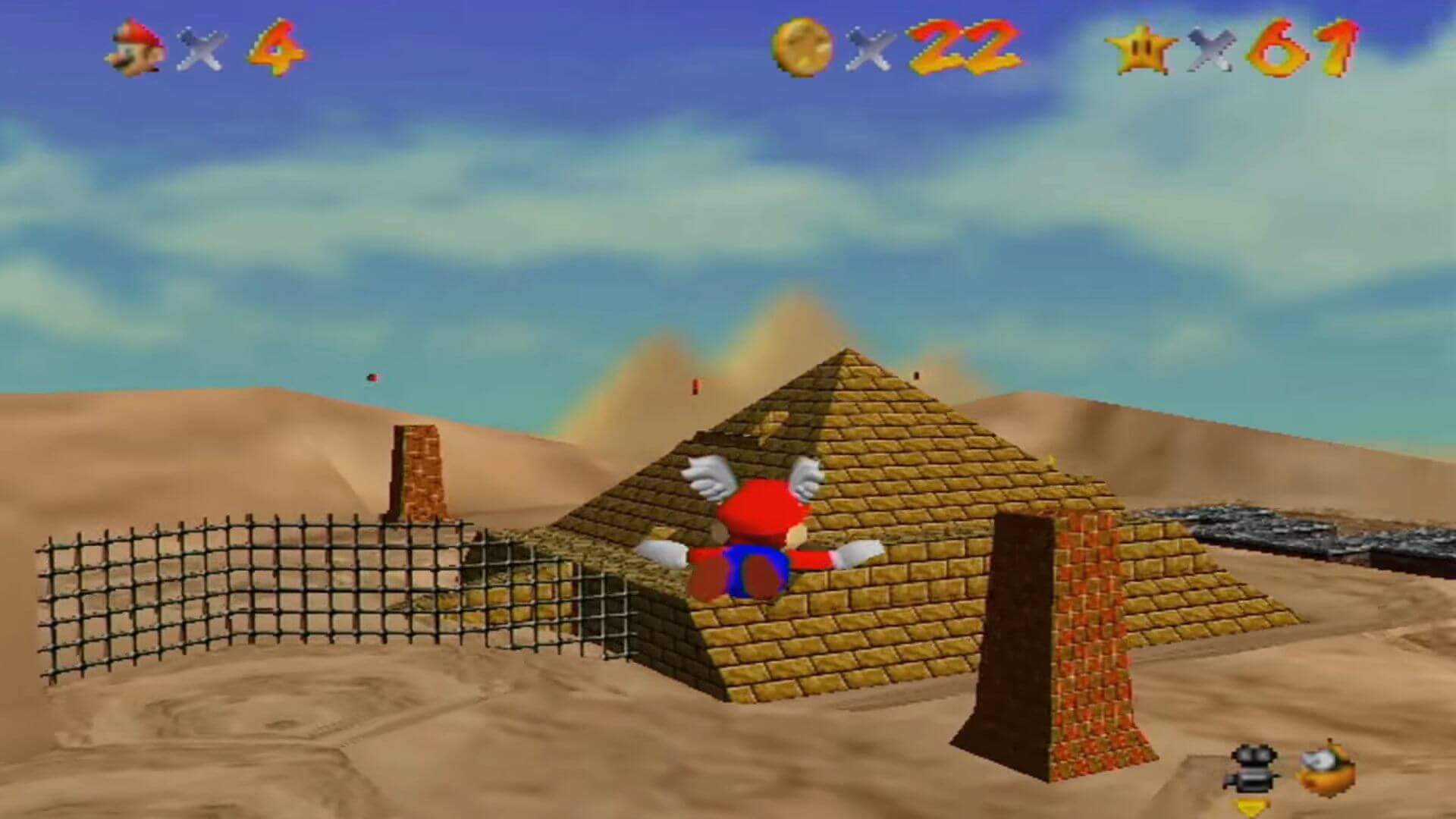
Shifting Sand Land continues a long tradition for Mario games in being a desert-themed level, but this is arguably one of the best-designed desert levels in the franchise. The course is a difficult one, being the halfway point of the course list, and filled with pits of quicksand that quickly spit you out of the world like any hazard would. It is also a course that is hard to find—being a hidden wall near the painting to Course 7.
What makes Shifting Sand Land so memorable is the pyramid at the center of the level. The center structure of the Pyramid is a mini course in its own right; one that must be navigated and completed once you enter it for the first time. Inside that pyramid is a solid platforming challenge, where players must jump, slide, and avoid enemies in an obstacle course to achieve their prize of a star. The pyramid also contains one of the few unique mini-bosses, the stone hands known as Eyerock, by literally blowing the top of the pyramid off in a rather unusual puzzle.
The rest of the course has a number of memorable challenges, from avoiding the Tox Boxes in the Tox Box zone, to flying across the map with a wing cap to collect red coins and reach larger heights. Defeating the vulture Klepto is also a fun challenge, but the sheer variety of challenge and deadly pitfalls makes Shifting Sand Land a true challenge for those looking for a more difficult course.
Tiny-Huge Island - Course 13
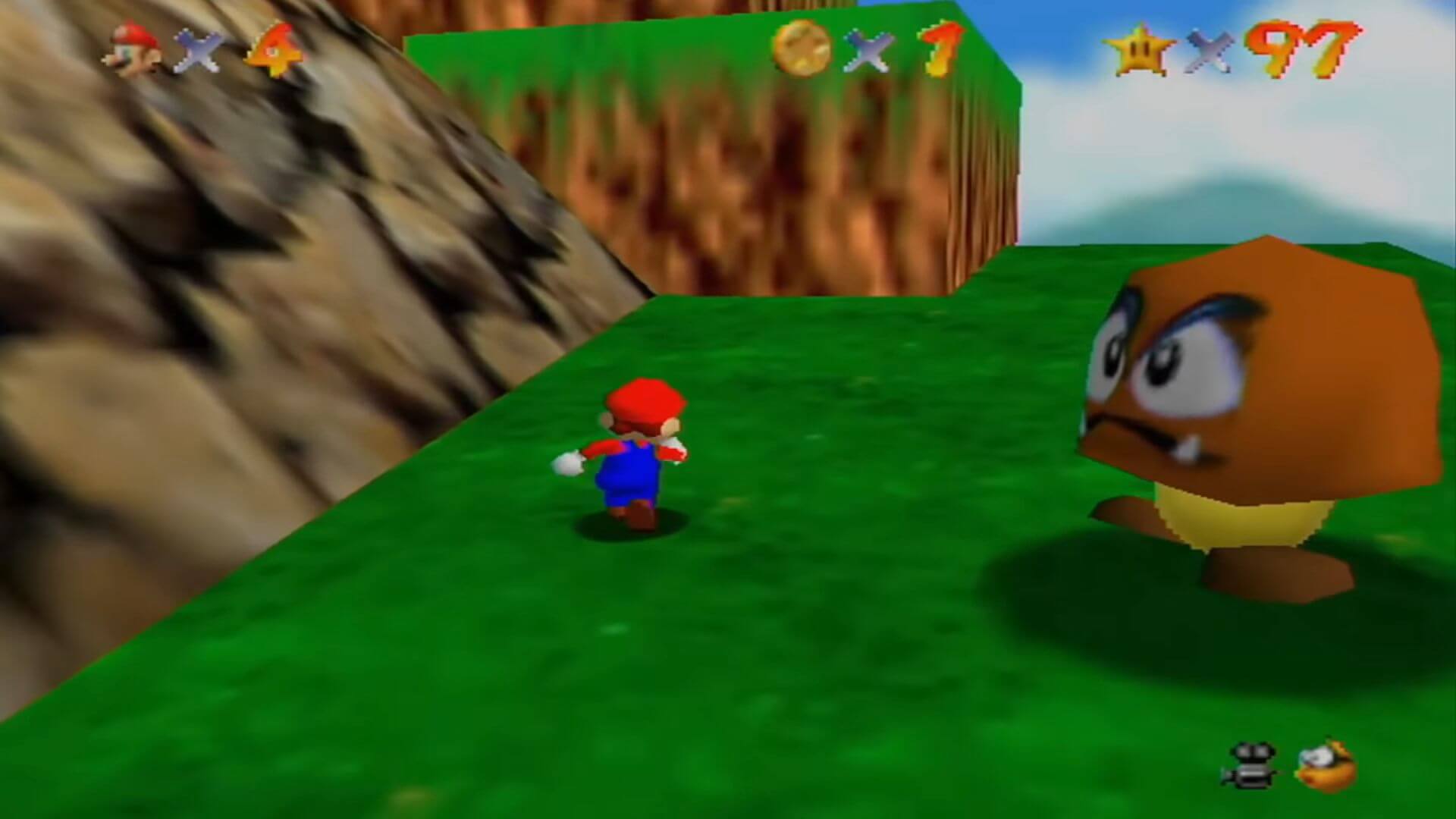
One of the key mechanics of Super Mario Bros. has always been the growth mechanic with mushrooms. It was a design decision that showed players how powerful they were visually, while offering the chance to have unique gameplay elements. The 3D platforming Mario titles have kind of left this mechanic by the wayside, with one major exception being course 13, Tiny-Huge Island.
The layout of Tiny-Huge Island is pretty simple, and the enemies found here are not the biggest challenge found in Super Mario 64. What sets Tiny-Huge Island apart is the ability to switch between tiny and huge islands, rendering Mario as either really small in the face of the huge island, or really large in comparison. This extra mechanic allows for Tiny-Huge Island to be two different courses at once, similar to Click Clock Wood in Banjo Kazooie.
What sets Tiny-Huge Island apart is how puzzle-heavy it is with the size mechanics. Some stars are only accessible when in one size, and you need to switch between sizes in the course to grab them too. The mechanics may seem gimmicky today, but in truth it was a unique mechanic that honored Mario’s past, and showcased what can be done for Mario’s future, more than any other course found in Super Mario 64.
Tick Tock Clock - Course 14
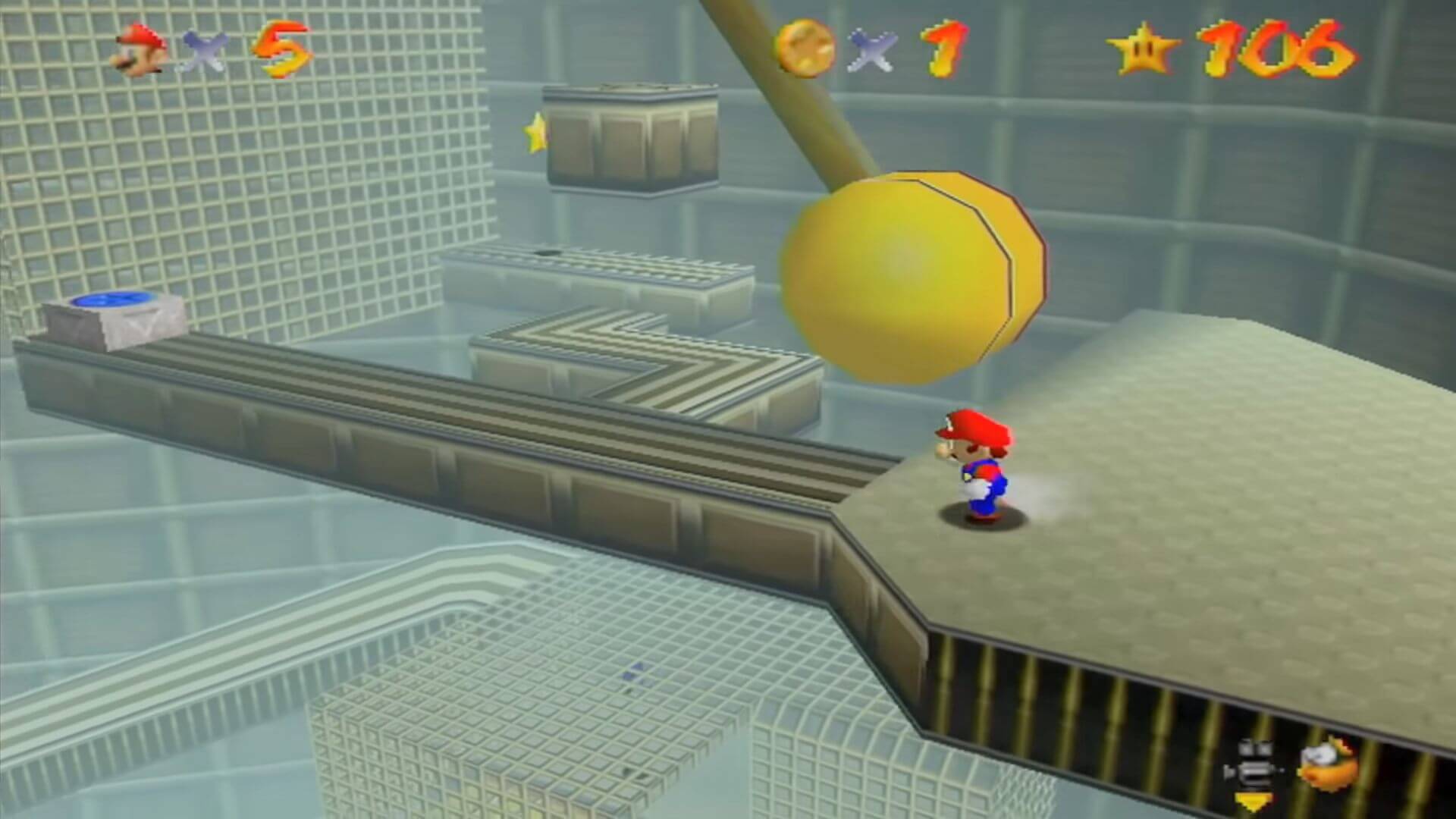
Tick Tock Clock is a simple course in terms of its design; it is just Mario ascending a large clock tower, jumping on gears, platforms, and avoiding pitfalls to grab coins and stars. The design of Tick Tock Clock is among the most unique found in Super Mario 64, being almost fully mechanical compared to the plethora of natural environments found elsewhere. It is also another level with a unique mechanic, the difficulty being determined by the time you jump into the course itself.
See, the entrance to Tick Tock Clock, being the large grandfather clock, has a moving minute hand that when you jump through it to enter the level, it changes the speed of the platforms and clock pieces inside the level. You can have items move slowly if the minute hand is close to “3,” move randomly at “6,” go super fast at “9,” or just stop all together at “12.” This can affect how difficult Tick Tock Clock really is, making it one of the few courses that the player can set their own difficulty to.
Players, likewise, take advantage of the slow or fast times to add additional challenge to the course. At the highest speeds, Tick Tock Clock is arguably the hardest level in the game, and perfect fodder for players looking for a true platforming challenge Even without the fast speeds, it is certainly the purest platform level in Super Mario 64, and is another level that has been referenced several times across Mario spin-off titles.
Final Thoughts
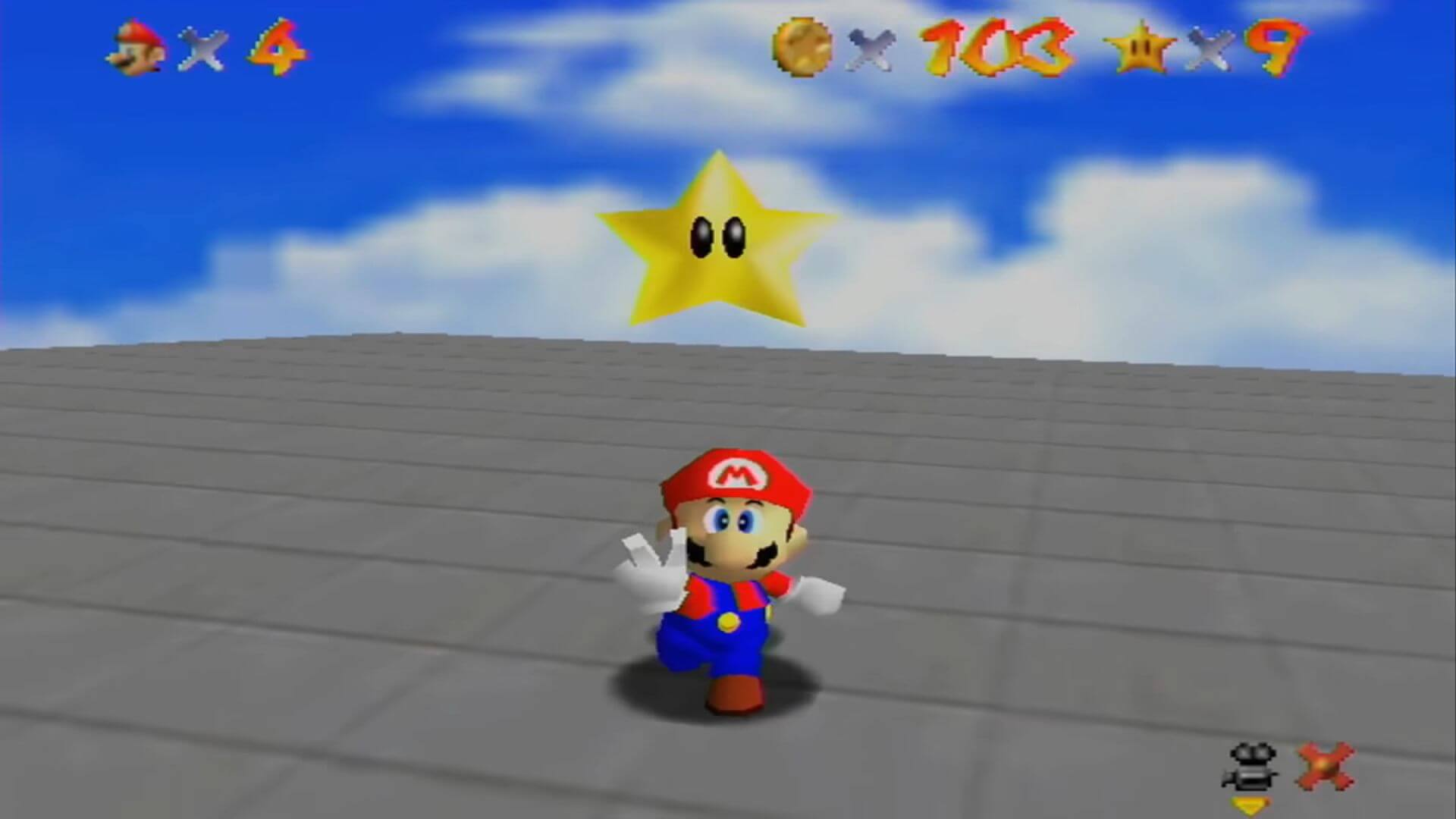
And those, to me, are the six best courses found in Super Mario 64. One of the beauties of a game like this is that each course has their own strengths and weaknesses that allow every level to shine. Lethal Lava World and Jolly Rogers Bay almost made the list, and no level is as iconic for 3D platforming as Bob-omb Battlefield. Miyamoto may have had to cut down the levels to 15 from their original plans, but what we have left are solid examples of 3D level design that served as the shining example of what 3D platformers can really do.
Did your favorite course make the list? What courses do you think are the best ones in Super Mario 64? Leave your comments below.
Have a tip, or want to point out something we missed? Leave a Comment or e-mail us at tips@techraptor.net
